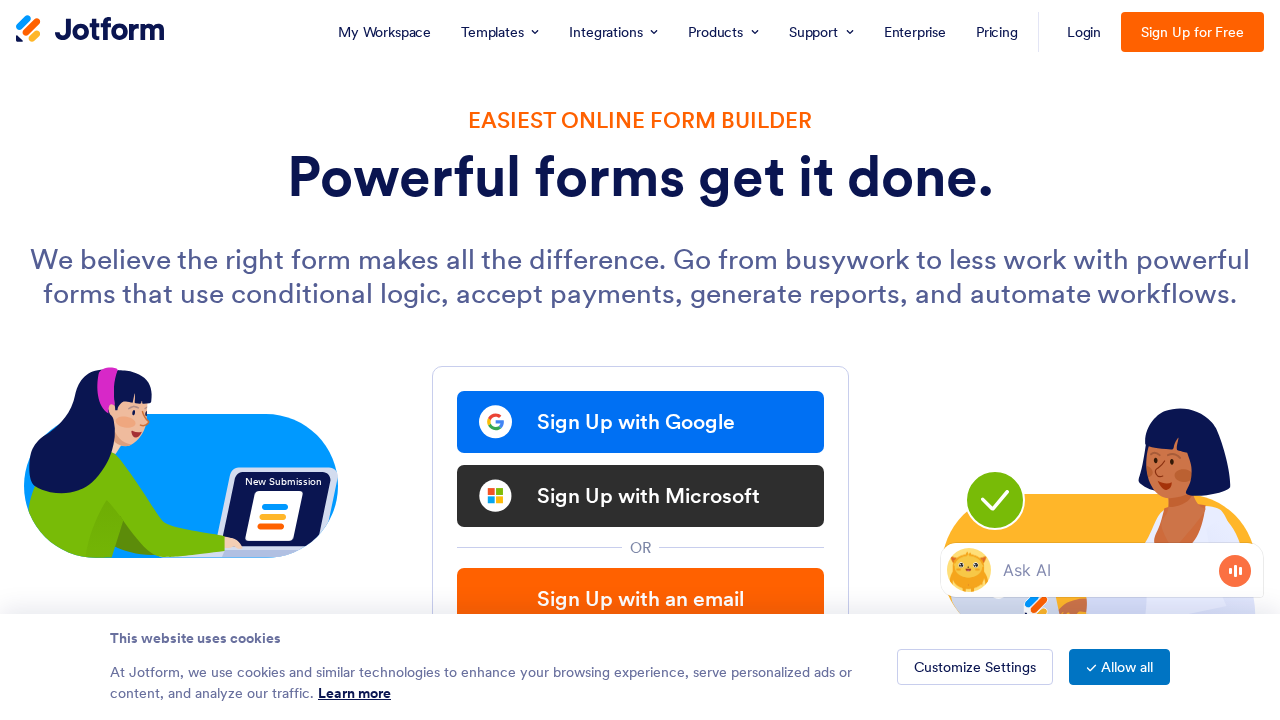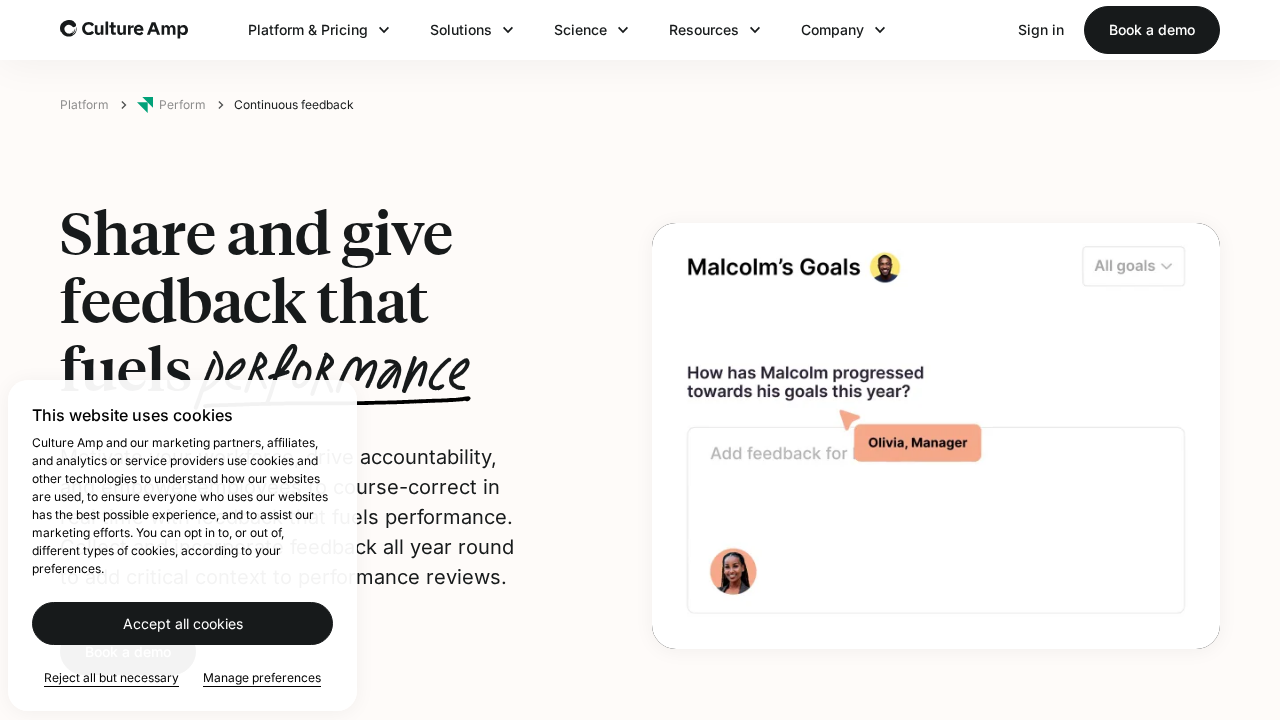Employee surveys are the lifeblood of a healthy workplace—they hold a treasure trove of insights waiting to be unlocked. But in 2025actionable plans
Employee surveys are the lifeblood of a healthy workplace—they hold a treasure trove of insights waiting to be unlocked. But in 2025, simply gathering feedback will no longer be enough. The real challenge is turning this data into actionable plans that transform workplace culture and boost employee satisfaction. Thankfully, a host of innovative tools and platforms are emerging to help HR teams and managers bridge the gap between feedback and real action.
In this blog, we’ll dive into the Top 5 methods and the software solutions that can empower organizations to make their employee surveys meaningful in 2025. From no-code application builders like Softr to advanced employee experience platforms like Culture Amp, each option offers unique strengths. And by the end, you’ll discover why Moodbit Copilot is the ultimate tool to revolutionize how you approach workplace analytics and strategy. Let’s explore!
Top apps:
1. Moodbit Copilot
2. Softr
3. Jotform
4. Teamspective
5. Culture Amp
Moodbit Copilot

Pros
-
Ease of Use: Moodbit Copilot uses a low-friction conversational interface that allows non-technical users, such as HR managers and team leads, to extract meaningful answers and insights without requiring advanced SQL or BI skills. Its natural-language query system ensures instant and intuitive access to vital employee sentiment data, transforming how HR teams interact with analytics.
-
Time Efficiency: By automating routine reporting, document summarization, and administrative workflows, Moodbit Copilot saves countless hours for HR professionals. This enables them to allocate time to more strategic initiatives, driving higher productivity and relieving the workload of small HR teams.
-
Integration-Friendly: Moodbit Copilot seamlessly integrates with common workplace tools, such as Slack, Microsoft Teams, Google Workspace, and SAP SuccessFactors. This facilitates centralized data access and a smoother experience by reducing the need to switch between multiple platforms or software.
-
Operationalizing Wellbeing: Organizations can directly convert survey results and employee sentiment data into actionable plans, allowing HR to proactively address engagement and morale. This capability is critical in turning insights into meaningful results, making it a powerful way to foster employee happiness and retention.
-
Round-the-Clock HR Support: With its 24/7 HR chatbot, employees can receive instant answers to their questions about policies, benefits, and procedures. This feature reduces repetitive HR requests and enhances the employee experience by offering constant assistance.
Use Cases
-
Employee Survey Analysis: HR teams can upload survey results into Moodbit Copilot, which instantly analyzes employee sentiment and engagement trends. With its tailored recommendations and prioritized action plans, it is perfect for converting raw survey data into well-defined strategies built to address workplace challenges.
-
Policy and Document Summarization: Businesses can upload PDF contracts, procedure manuals, or HR documents, and this tool provides immediate summaries, extracted insights, and recommended procedural steps. This feature is especially valuable during policy updates or compliance reviews.
-
Supporting SMB HR Teams: For small HR teams tasked with managing a growing workforce, this app enables scalable operations through automated resource management. It simplifies repetitive administrative functions, allowing SMBs to deliver high-quality employee experiences without requiring a large HR department.
-
Onboarding & Recruiting: Moodbit Copilot integrates seamlessly with platforms frequently used by recruiting and onboarding teams. Managers can generate automated follow-up reports, summarize candidate evaluations, and streamline workflow integration—all through conversational queries.
-
Real-Time People Analytics for Leaders: Team leads can leverage real-time conversational analytics for faster decision-making. With actionable dashboards and instant access to key metrics, leaders can detect issues such as employee burnout, absenteeism trends, and team engagement early while addressing them immediately.
Cons: While highly effective, there may be a slight learning curve for users unfamiliar with generative AI tools. Moreover, its full potential is best realized in organizations already invested in people-centric data systems.
Softr

Softr is an app that allows users to create web applications without coding. It primarily focuses on building internal tools, directories, client portals, and similar solutions by leveraging templates and integrations with services like Airtable.
Pros
- Easy-to-use interface for non-technical users to build basic applications.
- Templates and pre-built elements simplify the creation process for common use cases.
Cons
- Does not provide advanced people analytics features or conversational data access, limiting its usefulness in HR-focused contexts.
- Lacks 24/7 chat assistant capabilities to support employee inquiries or policy clarification.
- No workflow automation tools for HR-specific tasks like survey follow-ups or report generation.
- Integration options limited compared to workplace automation or people analytics platforms.
- Focuses on application-building, which may not directly address turning survey data into actionable insights.
Jotform

Jotform is an online form builder that allows users to create custom forms using a drag-and-drop interface, without requiring coding skills. It is tailored for creating surveys, registration forms, payment forms, and more, while offering features such as PDF generation, data collection storage, and integrations with third-party apps.
Pros
- Easy-to-use drag-and-drop interface requiring no coding knowledge.
- Wide variety of customizable templates for different forms.
- Low-entry barrier with a free subscription plan.
Cons
- Limited ability to provide actionable insights or strategy generation directly from data, making it less useful for HR teams aiming to operationalize employee feedback effectively.
- No conversational analytics or natural-language query capability, restricting quick access to insights without manual setup or analysis.
- Lacks integration breadth for workflow automation beyond basic form management; does not centralize HR workflows effectively across communication tools or enterprise data systems.
- Primarily focused on form creation and data collection, lacking deeper functionalities for generating tailored HR recommendations or employee sentiment follow-ups.
- No specialized features for understanding wellbeing or engagement trends; limited in driving meaningful employee-related outcomes.
Teamspective

Description: The ‘Teamspective’ app is a leadership enablement platform that combines engagement, performance, and collaboration insights to support leaders in giving and receiving effective feedback. It emphasizes the use of the Observation, Impact, Action (OIA) feedback model, underpinned by AI-driven organizational network analysis and practical tools integrated with communication platforms like Slack and Microsoft Teams.
Pros:
- Supports leaders with a structured feedback model (OIA) to improve communication and engagement.
- Provides a combination of engagement, performance, and collaboration insights tailored to team improvement.
- Focuses on reinforcing and redirecting feedback for a balanced approach to leadership and employee development.
Cons:
- The app primarily focuses on feedback models, lacking broader HR functionalities such as workflow automation or sentiment analysis.
- Relies heavily on leaders initiating feedback and interpreting insights, offering limited out-of-the-box actionability.
- Integration with communication tools like Slack and Microsoft Teams is basic and doesn’t extend to real-time automation or proactive suggestions.
- Does not offer advanced AI-driven features like conversational analytics, document intelligence, or a comprehensive HR assistant.
- Limited capabilities in creating fully actionable strategies or detailed operational plans based on employee data.
- Potentially useful feature sets are overshadowed by the absence of integration into broader HR ecosystems or talent management systems.
Culture Amp

Culture Amp is a market-leading employee experience platform designed to help organizations enhance employee engagement, performance, and overall workplace culture. It leverages data, organizational psychology, and people analytics to provide meaningful insights for leaders, managers, and HR teams.
Pros
- Offers extensive benchmarking data with the world’s largest engagement and performance database.
- Strong focus on science-backed insights through its People Science methodology.
- User-friendly interface simplifies the process of launching surveys and analyzing results.
- Provides a suite of tools for both employee development and leadership effectiveness coaching.
Cons
- The platform predominantly focuses on surveys and engagement insights, lacking instant analytics or conversational AI features to answer natural language queries.
- Limited automation capabilities, such as generating tailored plans, workflow automations, and actionable recommendations directly from collected data.
- No advanced integrations for cross-functional tools like Slack, Microsoft Teams, or PDF uploads for immediate document intelligence and summaries.
- Relies heavily on manual input and interactions to interpret insights and implement follow-ups, which may increase workload for HR teams.
- Lacks 24/7 intelligent HR chat assistant functionality as part of its platform offerings to support employees with instant process or policy-related inquiries.
Conclusions:
As we’ve explored, tools like Softr and Jotform offer simplicity and accessibility for creating surveys and data collection, while platforms such as Teamspective and Culture Amp bring methodology and psychology-driven insights to the table. While these tools have their strengths, they each fall short of fully connecting employee feedback to tailored action plans, automation, and practical HR workflows.
This is precisely where Moodbit Copilot shines. With its generative AI-driven features like conversational analytics, document intelligence, and a 24/7 HR chatbot, it eliminates the frustration of manual work and ensures every insight acts as a launchpad for impactful strategies. Moodbit’s integrations with platforms like Slack, SAP SuccessFactors, and Google Workspace create a seamless HR ecosystem, so teams can spend less time on admin tasks and more time on improving employee experience.
If your goal in 2025 is to make workplace insights not just accessible but truly actionable, Moodbit Copilot stands in a category of its own. Whether you’re tackling engagement issues, refining company culture, or streamlining HR processes, Moodbit empowers teams to work smarter, not harder. Now is the time to take your employee surveys to the next level—are you ready for the transformation?